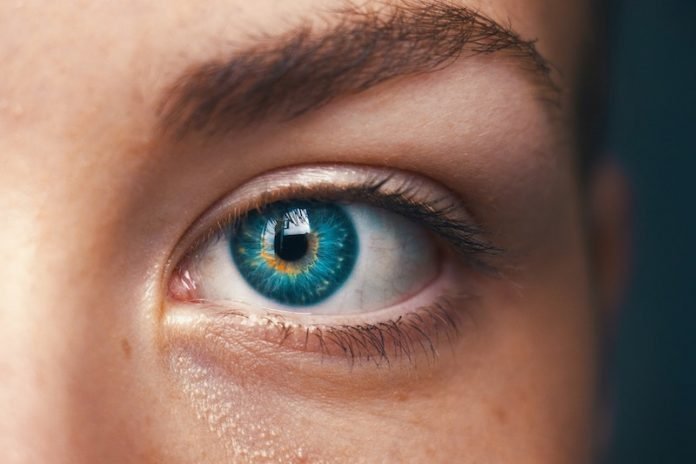
Amyloid plaques are protein deposits that collect between brain cells, hindering function and eventually leading to neuronal death.
They are considered a hallmark of Alzheimer’s disease (AD), and the focus of many studies designed to reduce or prevent their formation.
But amyloid deposits may also occur in the retina of the eye, often in patients clinically diagnosed with AD, suggesting similar pathologies in both organs.
In a new study from at University of California San Diego, researchers compared tests of retinal and brain amyloids in patients to examine neurodegeneration risk in persons with low levels of amyloid.
They found that the presence of retinal spots in the eyes is linked to brain scans showing higher levels of cerebral amyloid.
The finding suggests that non-invasive retinal imaging may be useful as a biomarker for detecting early-stage AD risk.
The team says this was a small initial dataset from the screening visit. It involved eight patients.
But these findings are encouraging because they suggest it may be possible to determine the onset, spread and morphology of AD—a preclinical diagnosis—using retinal imaging, rather than more difficult and costly brain scans.
The researchers look forward to seeing the results of additional timepoint retinal scans and the impact of solanezumab (a monoclonal antibody) on retinal imaging.
The next step will be to conduct a larger study to more fully document and ascertain the link between retinal amyloid and cerebral amyloid.
If you care about Alzheimer’s, please read studies about a noninvasive treatment for Alzheimer’s disease and findings of subconscious changes in movement may predict Alzheimer’s disease.
For more information about Alzheimer’s and your health, please see recent studies about this sleep-related brain activity can help prevent Alzheimer’s disease and results showing that these 2 personality traits may protect you from Alzheimer’s disease and more.
The study is published in Alzheimer’s & Dementia. One author of the study is Robert Rissman, Ph.D.
Copyright © 2021 Knowridge Science Report. All rights reserved.



